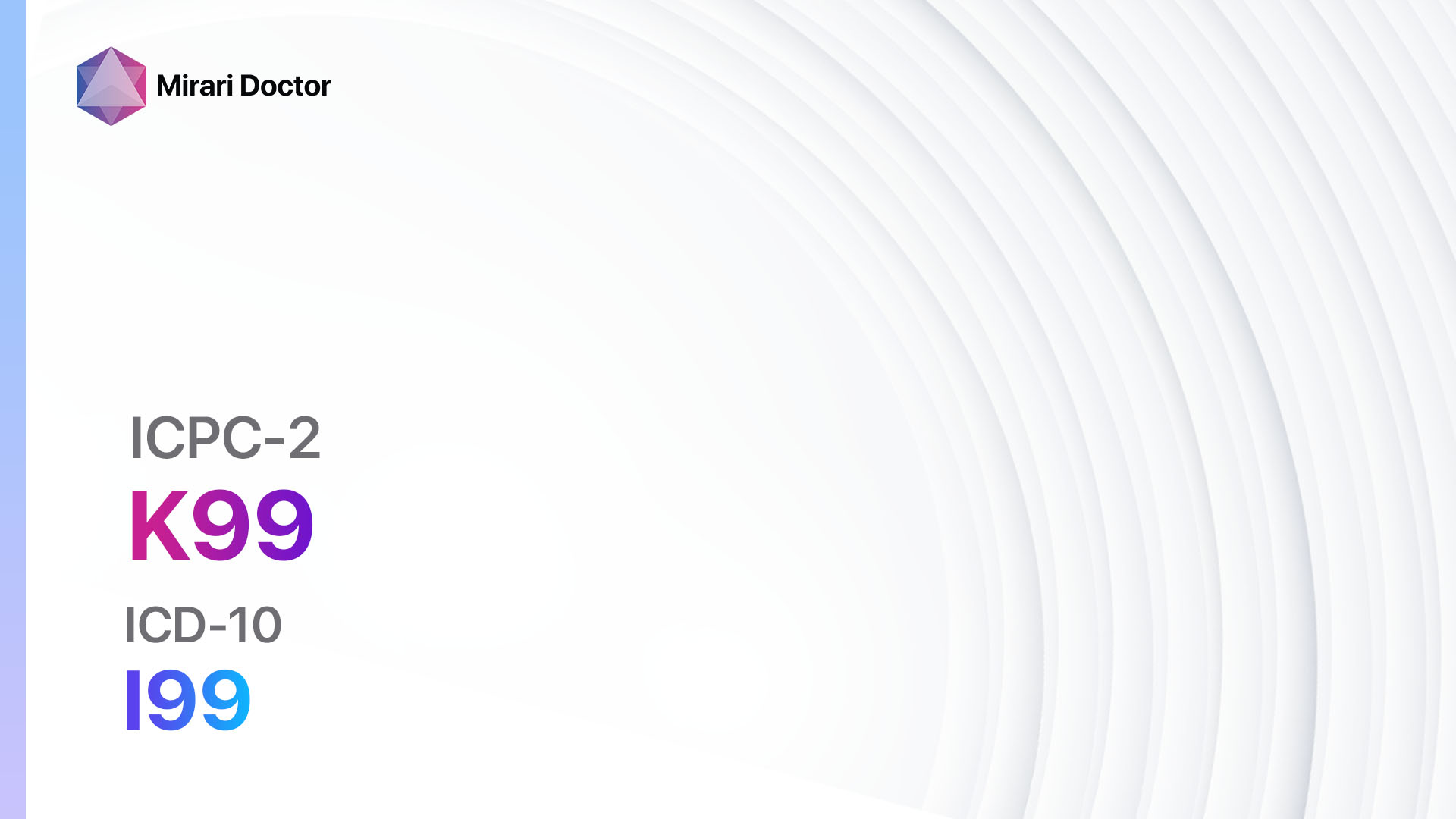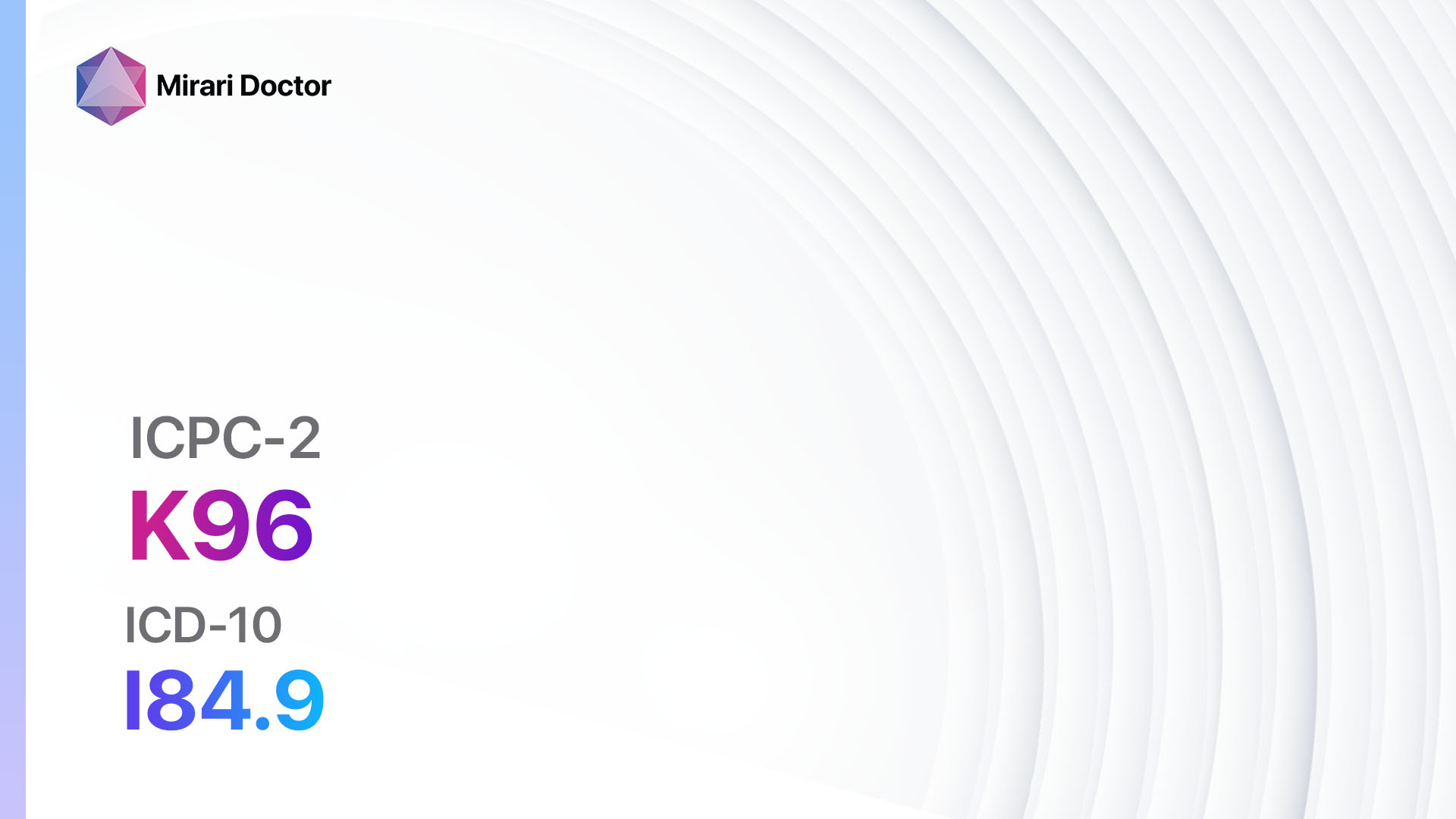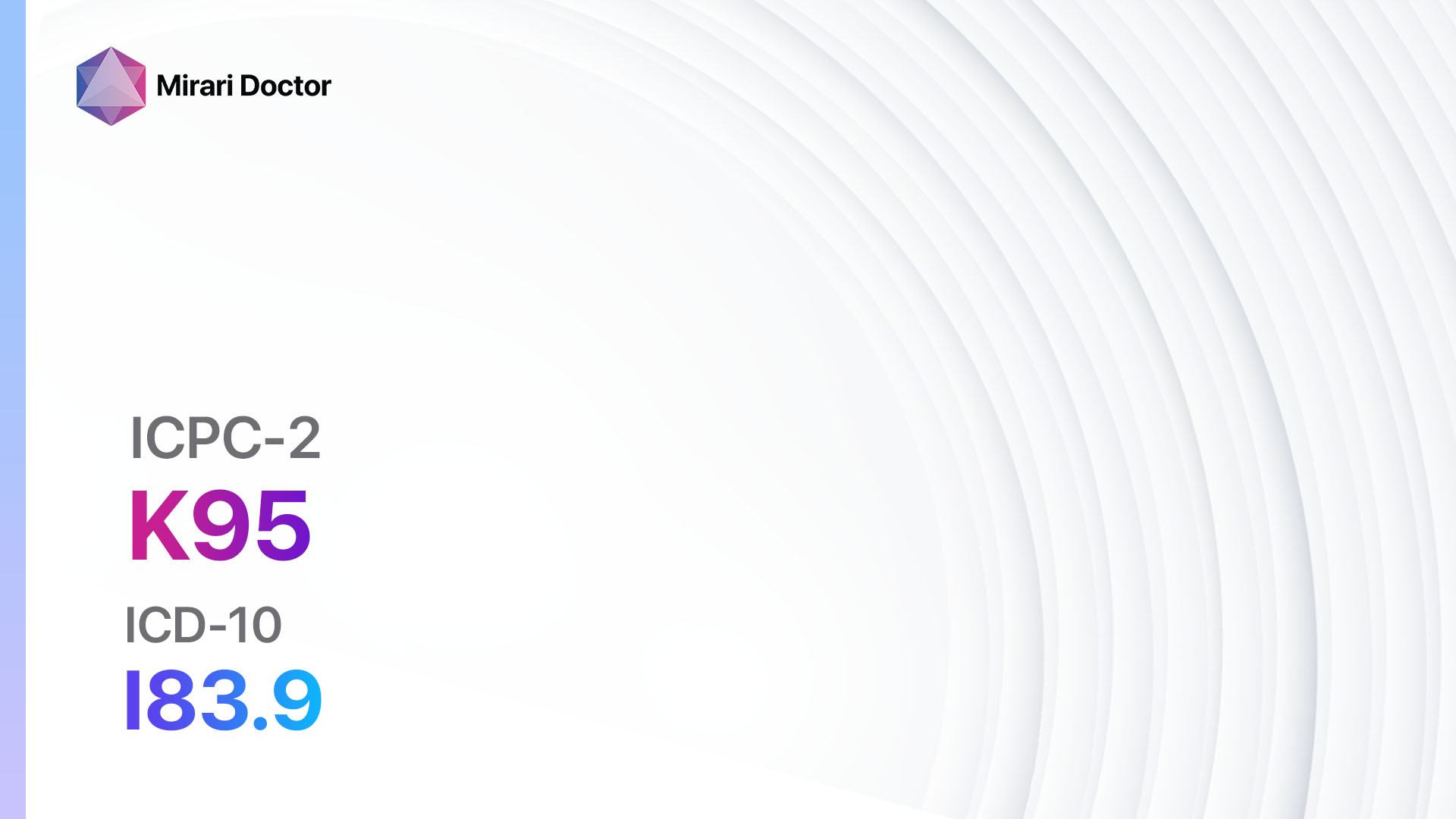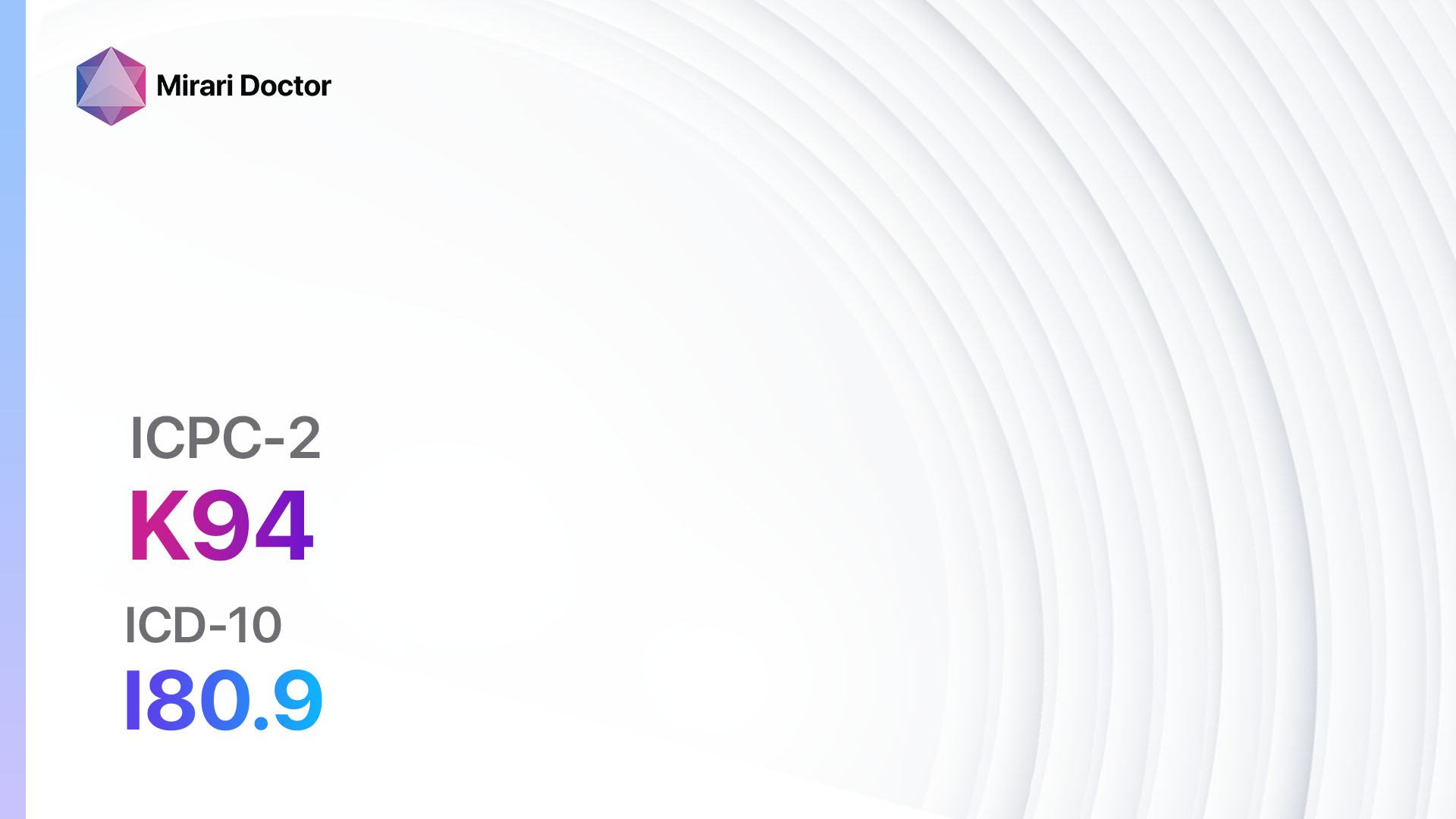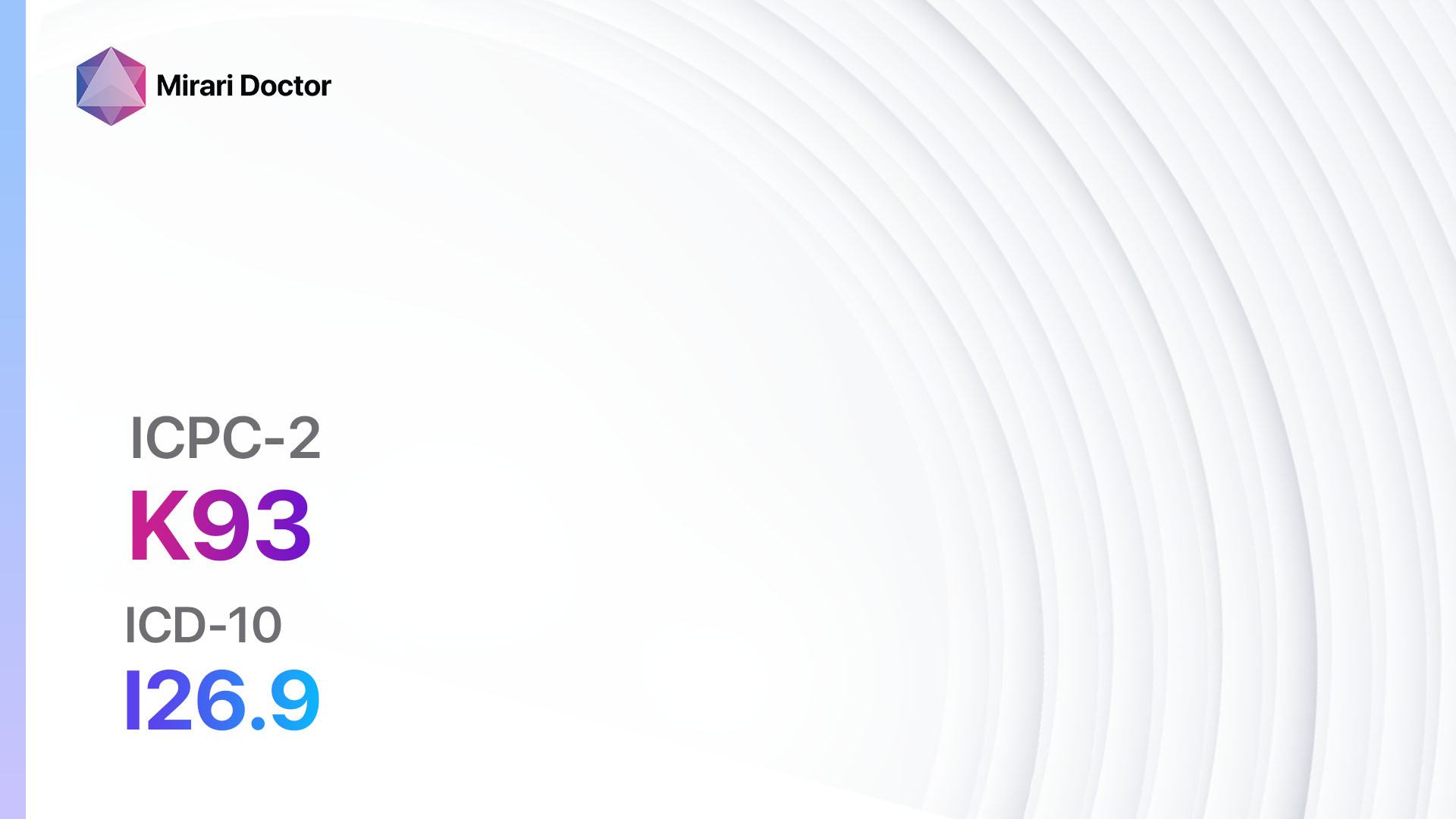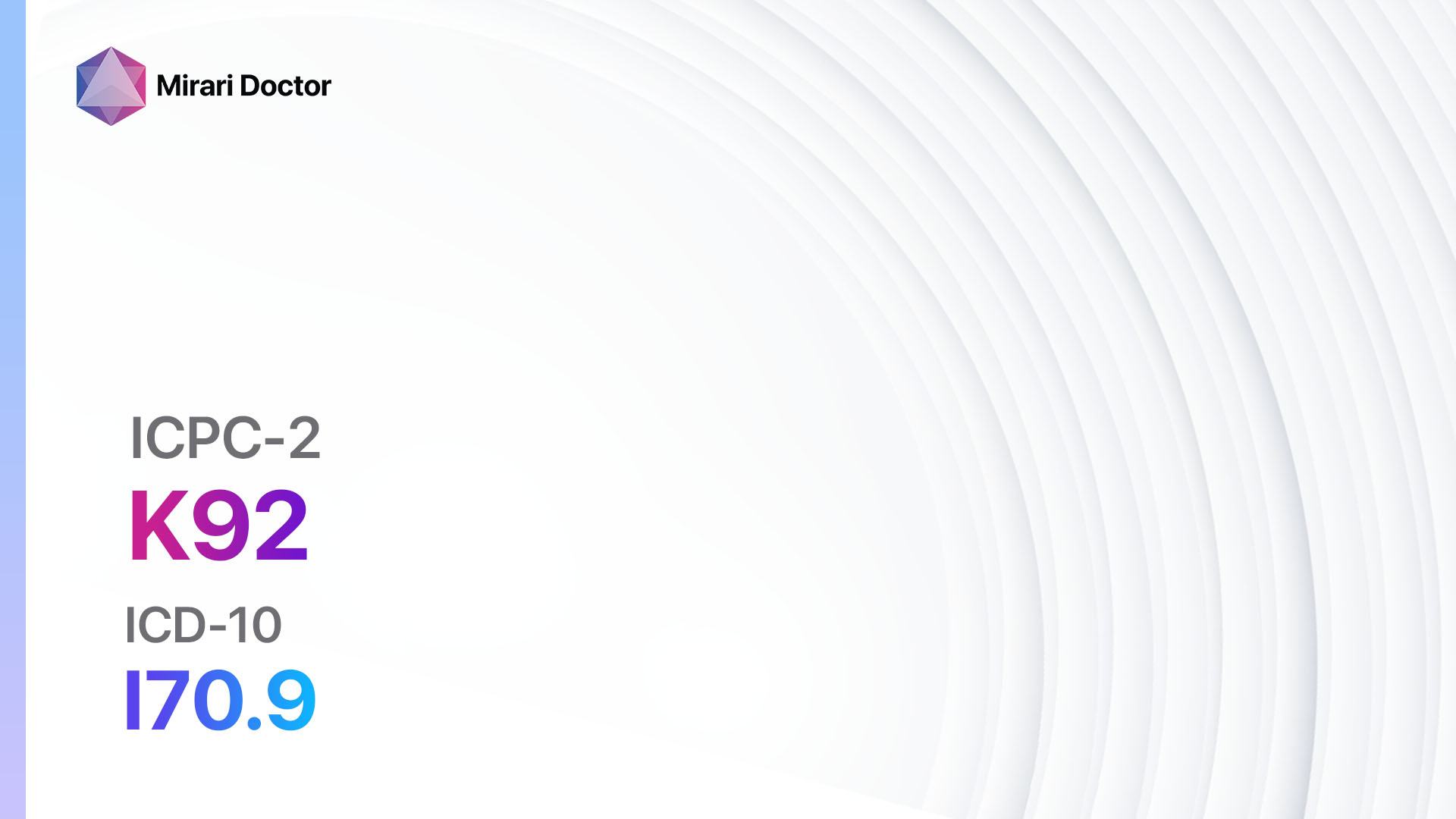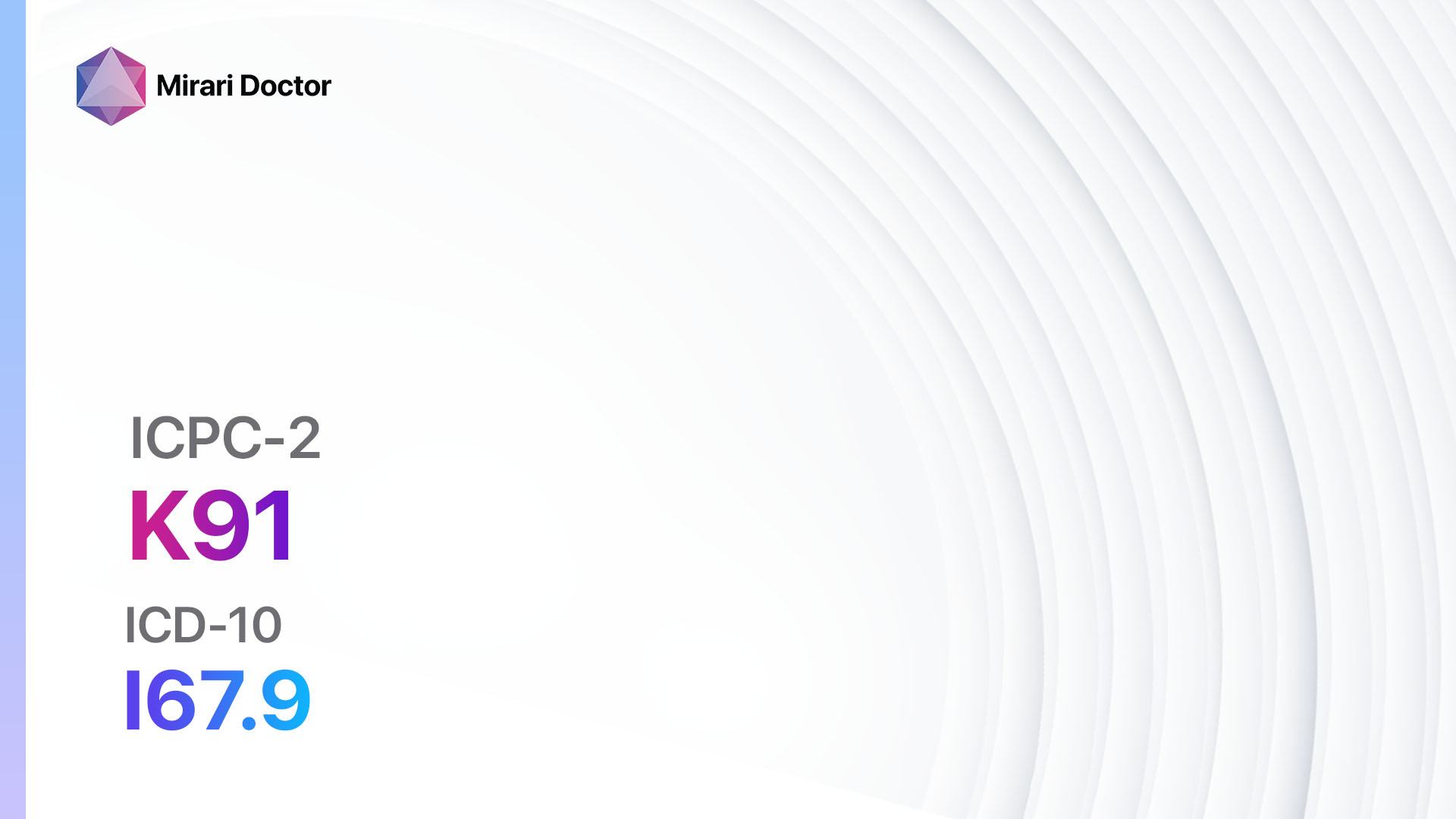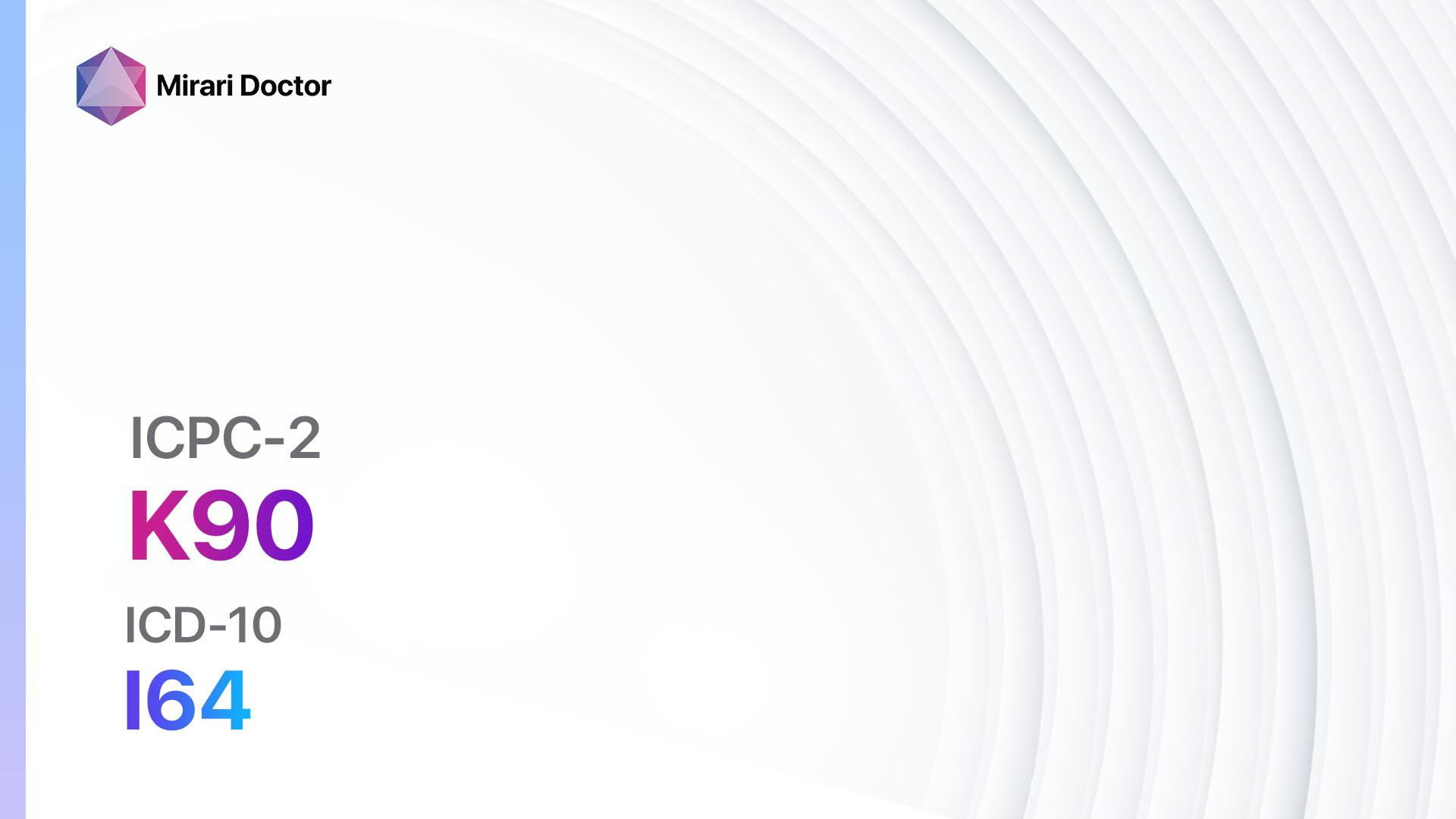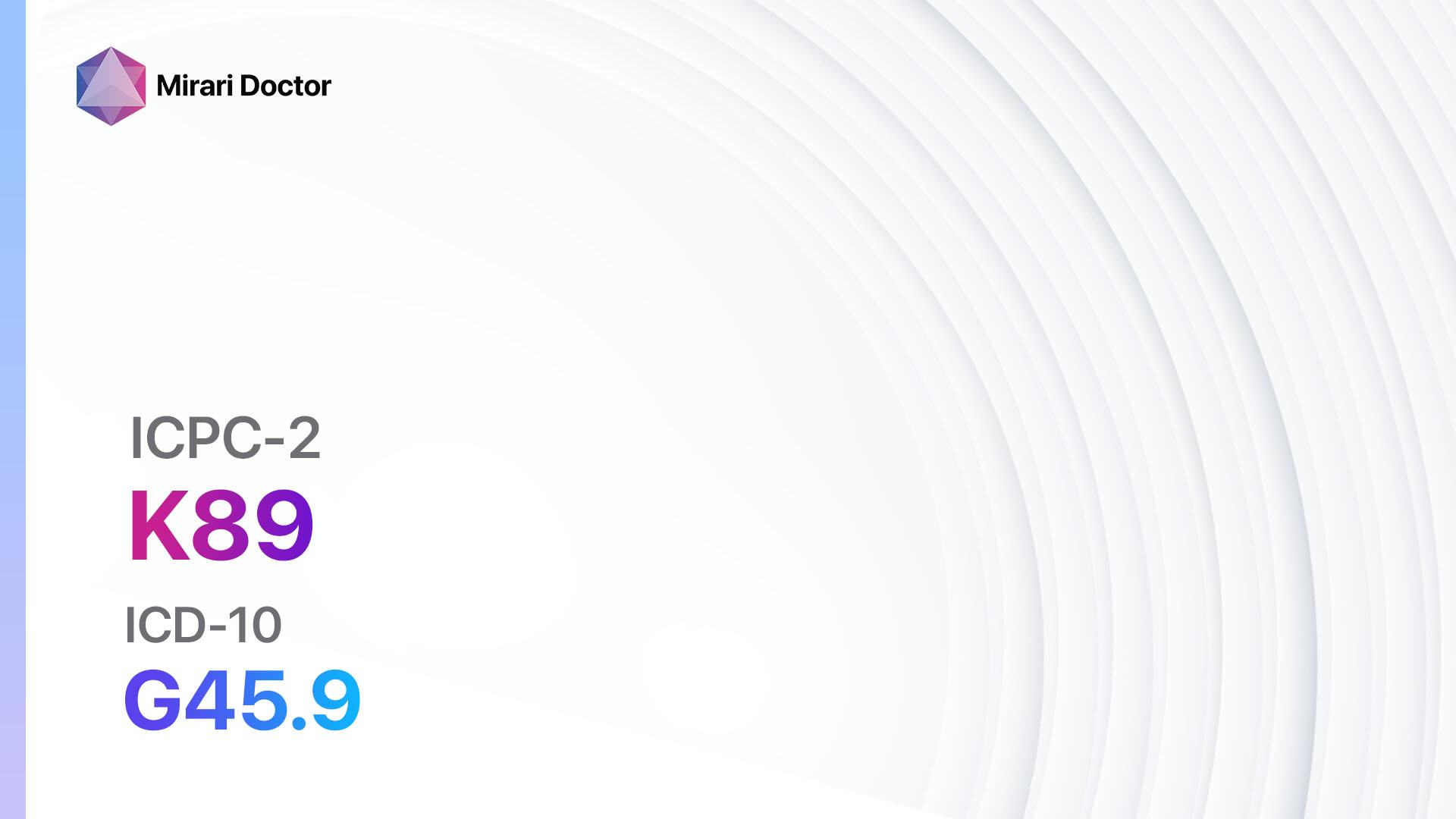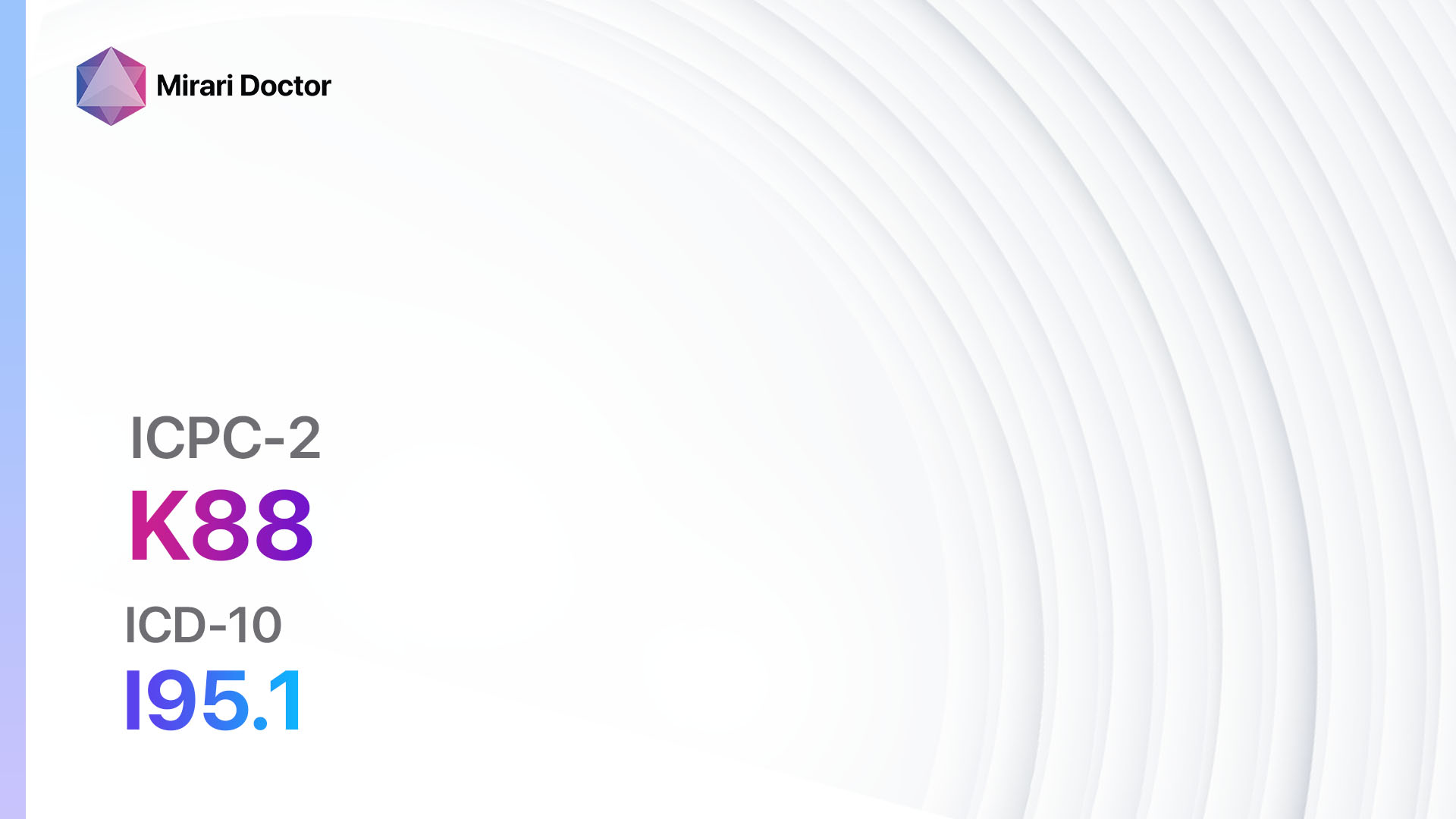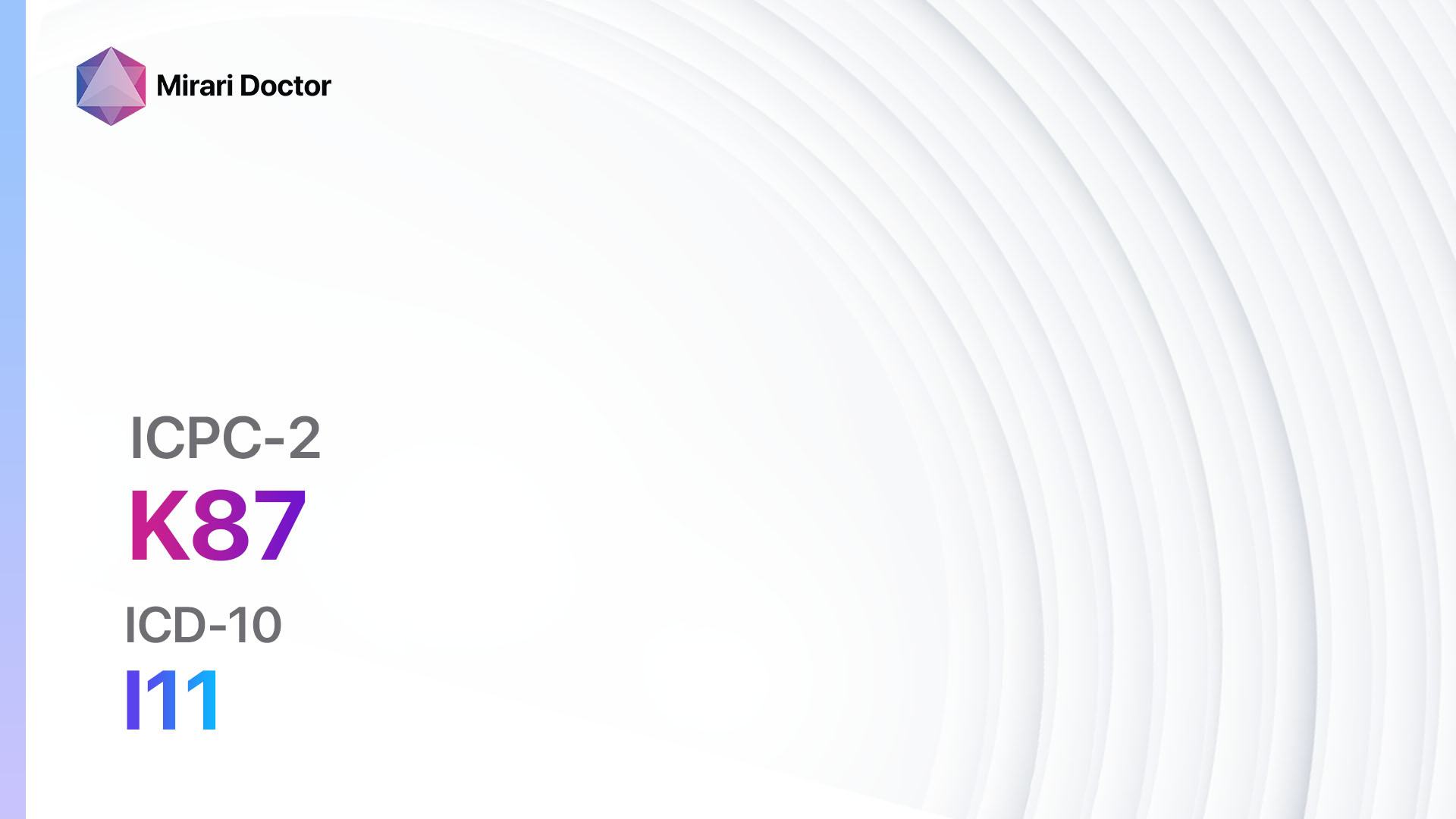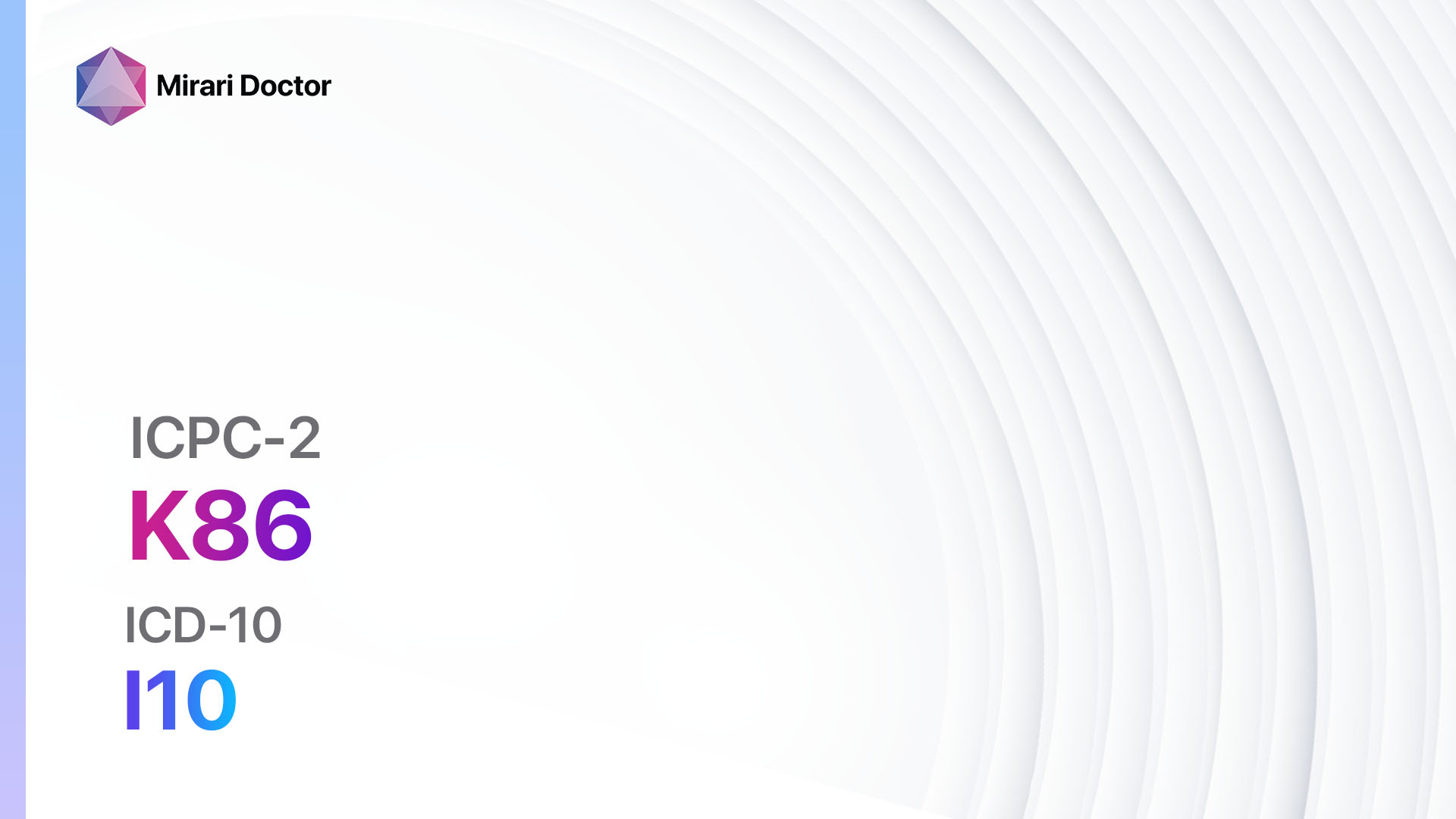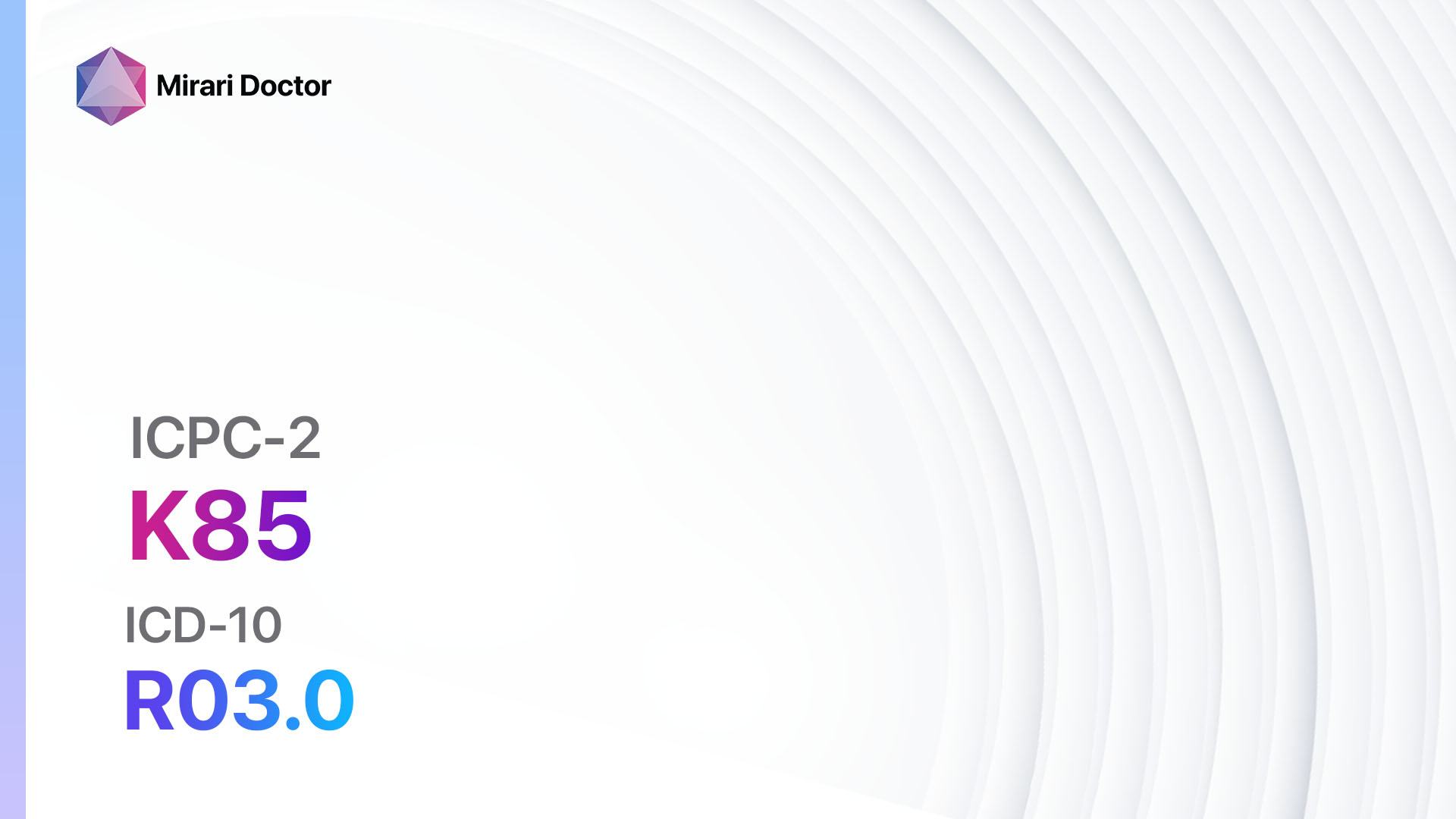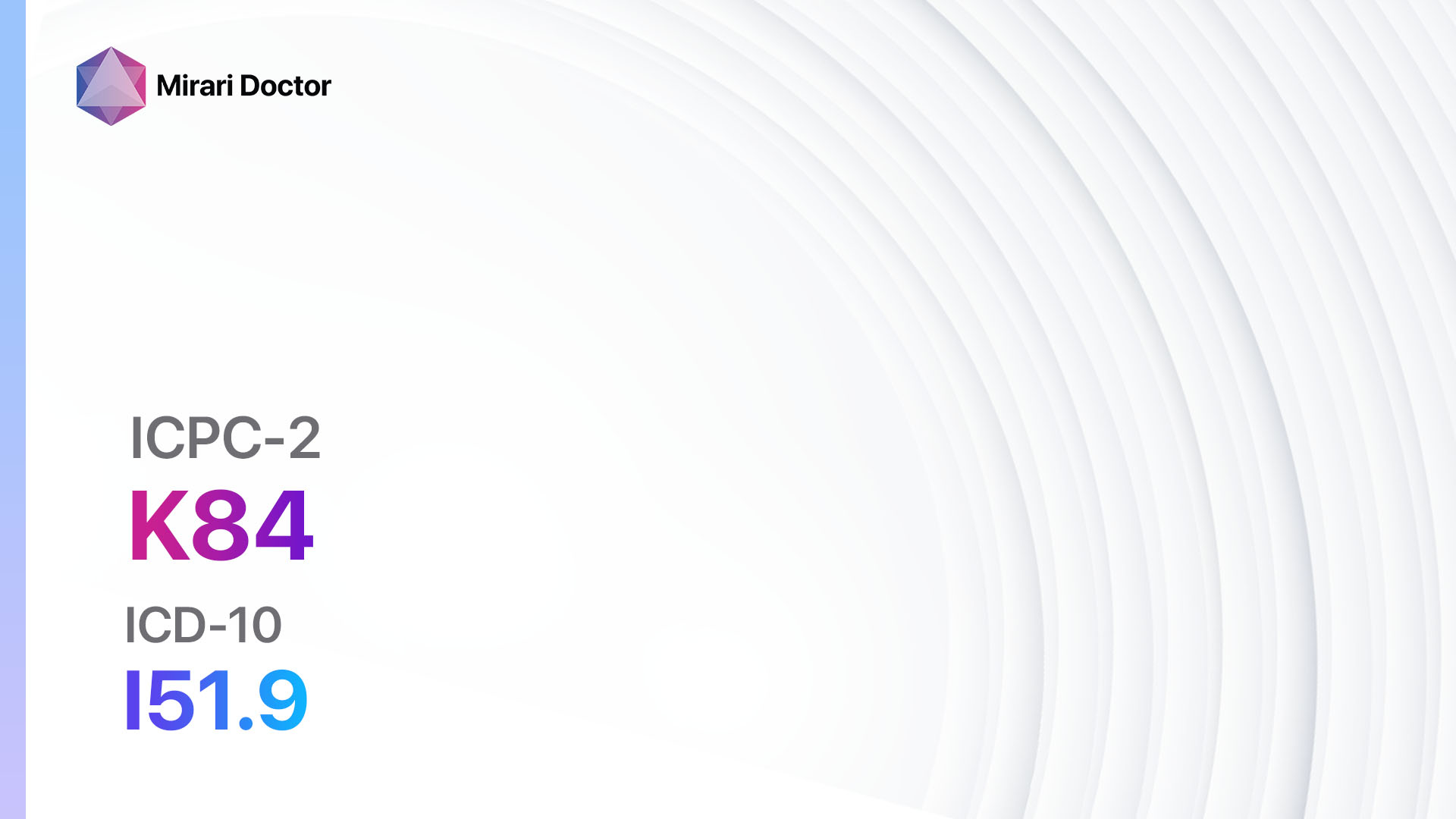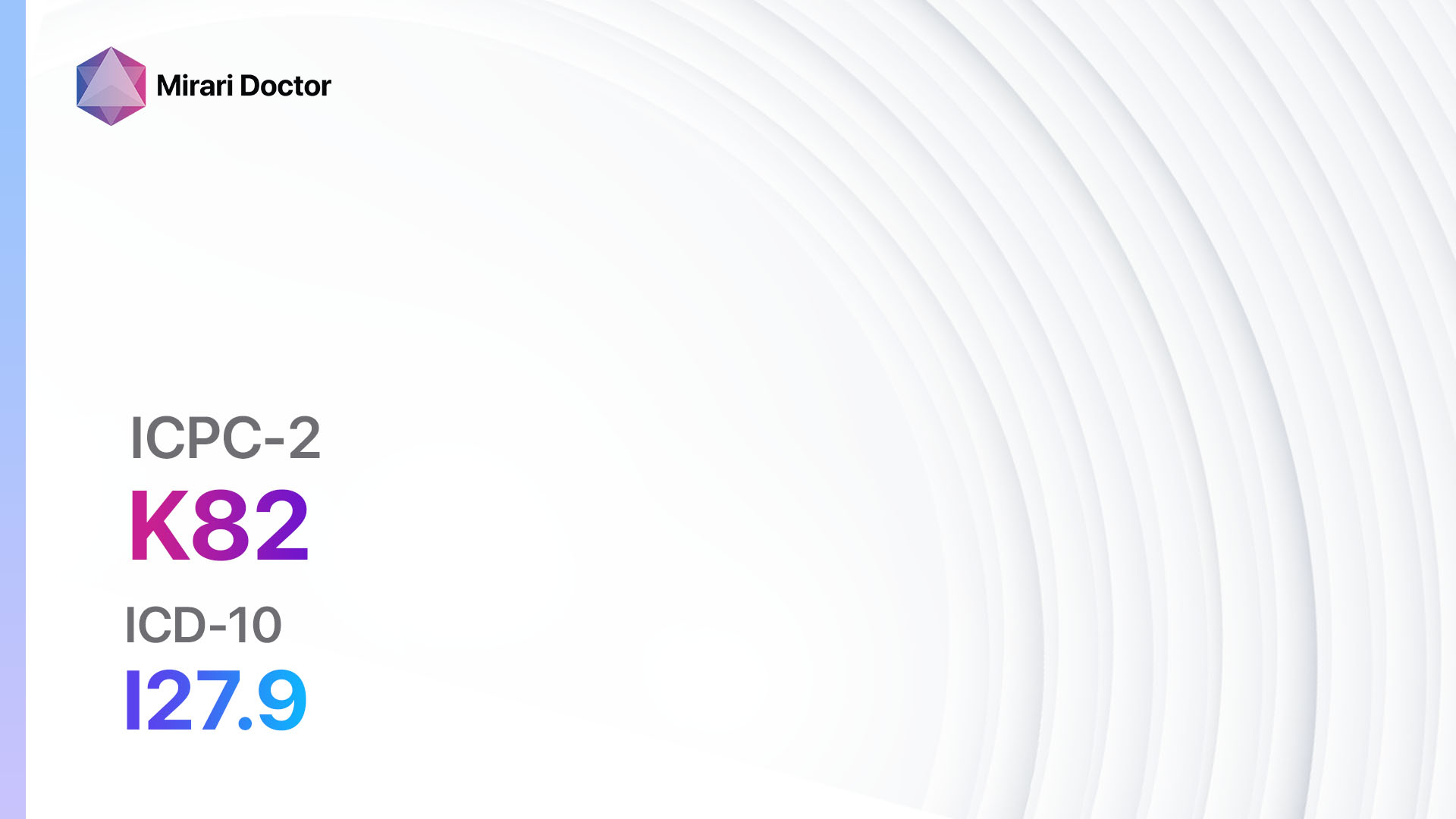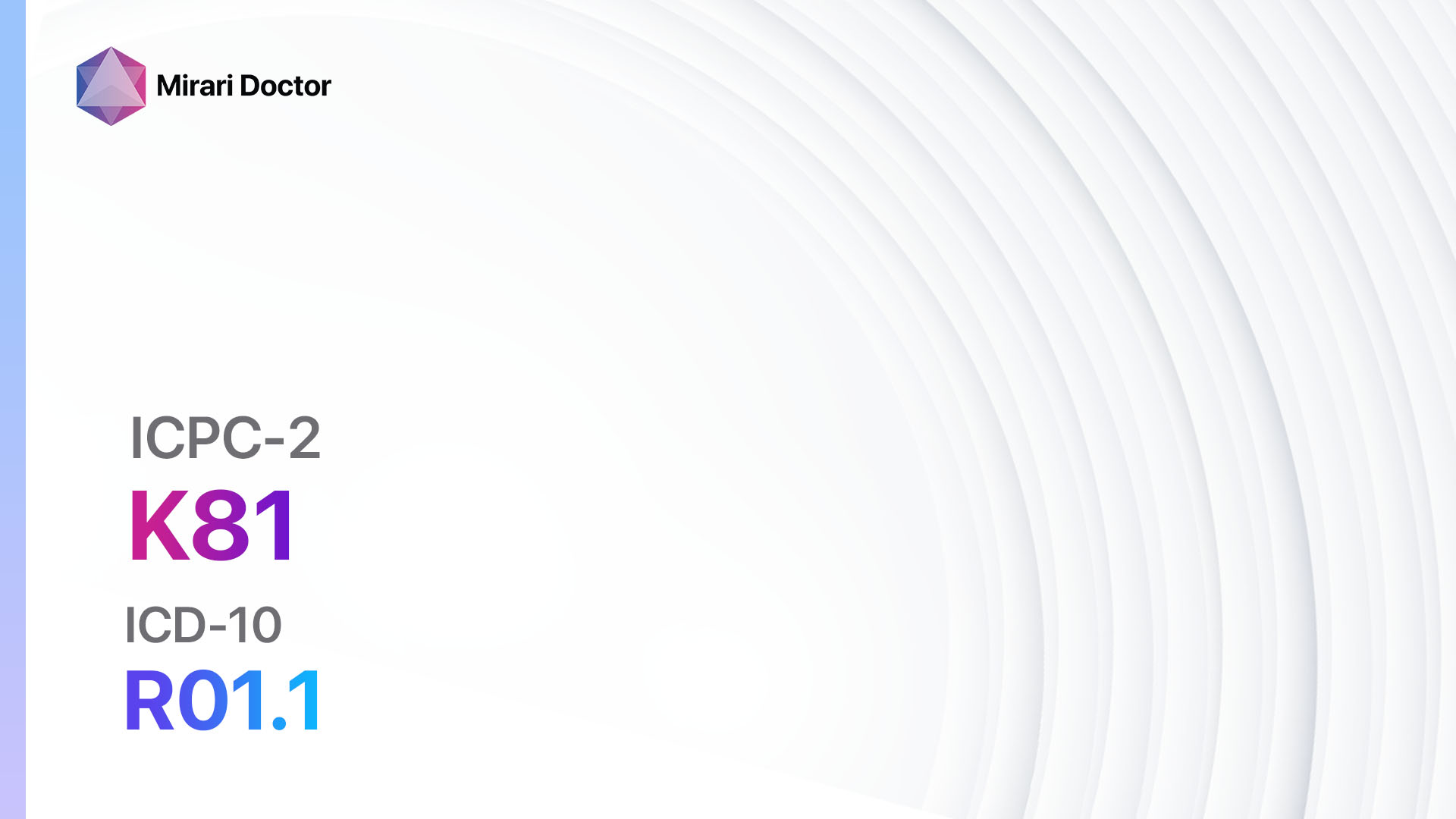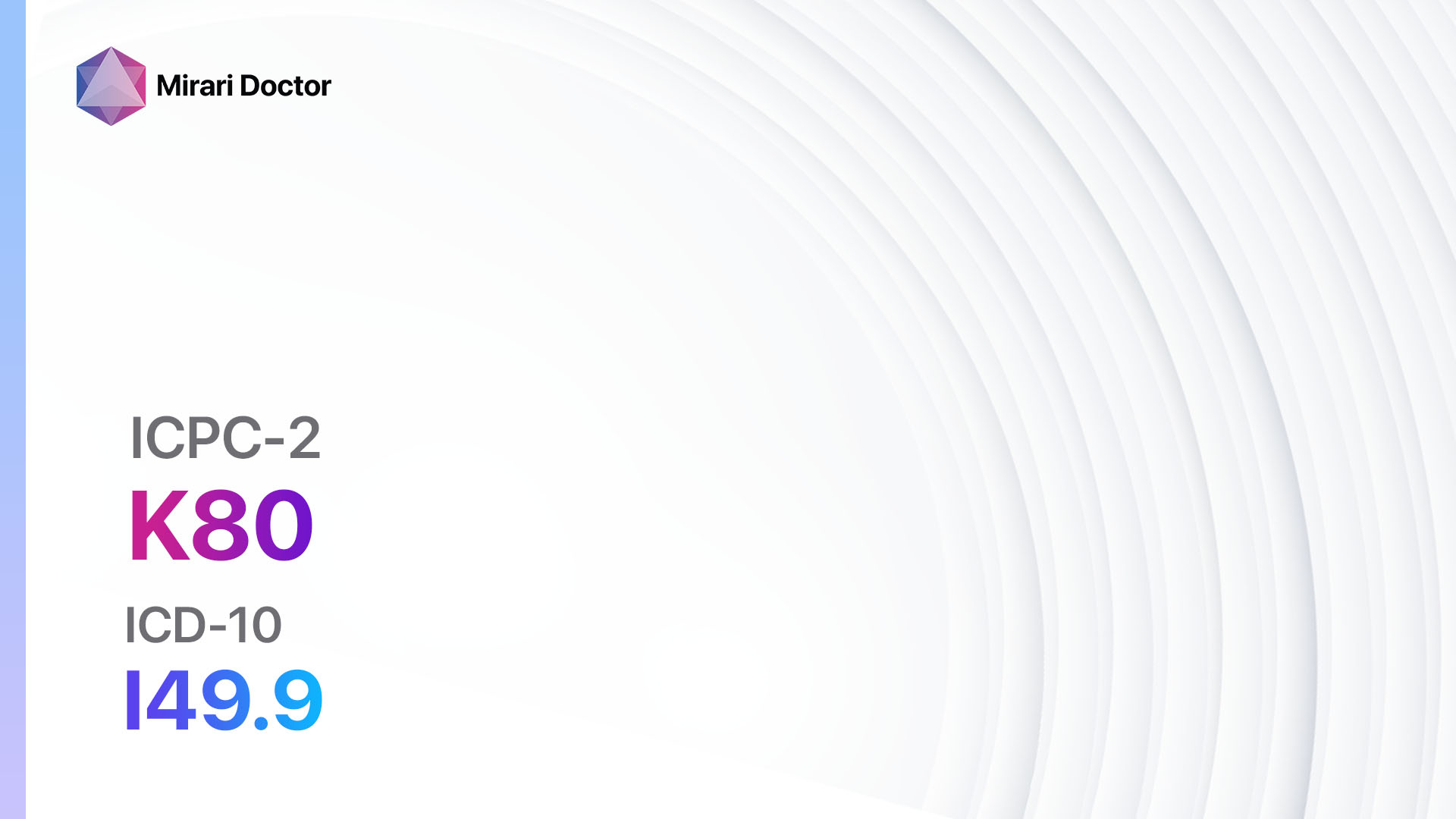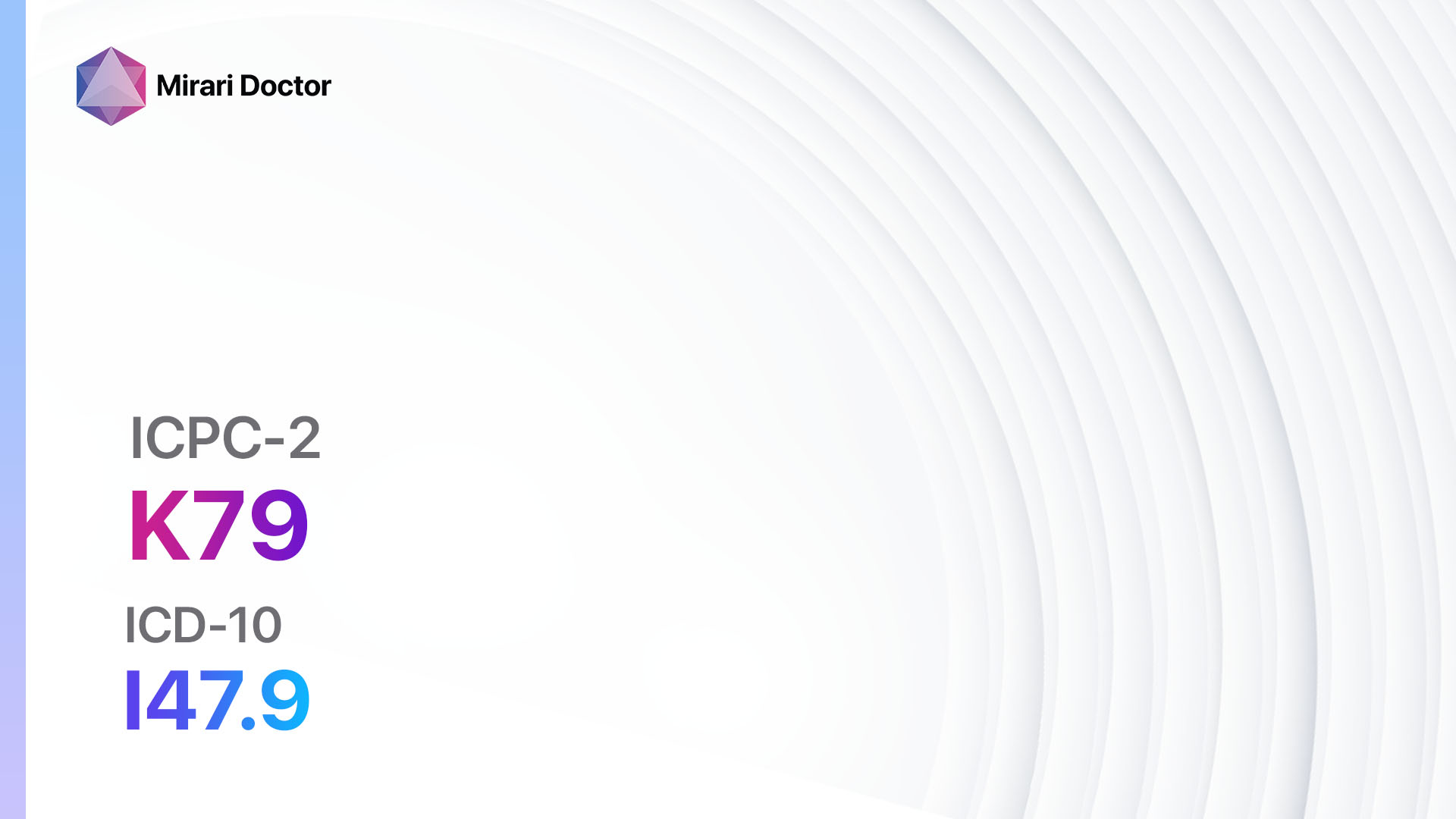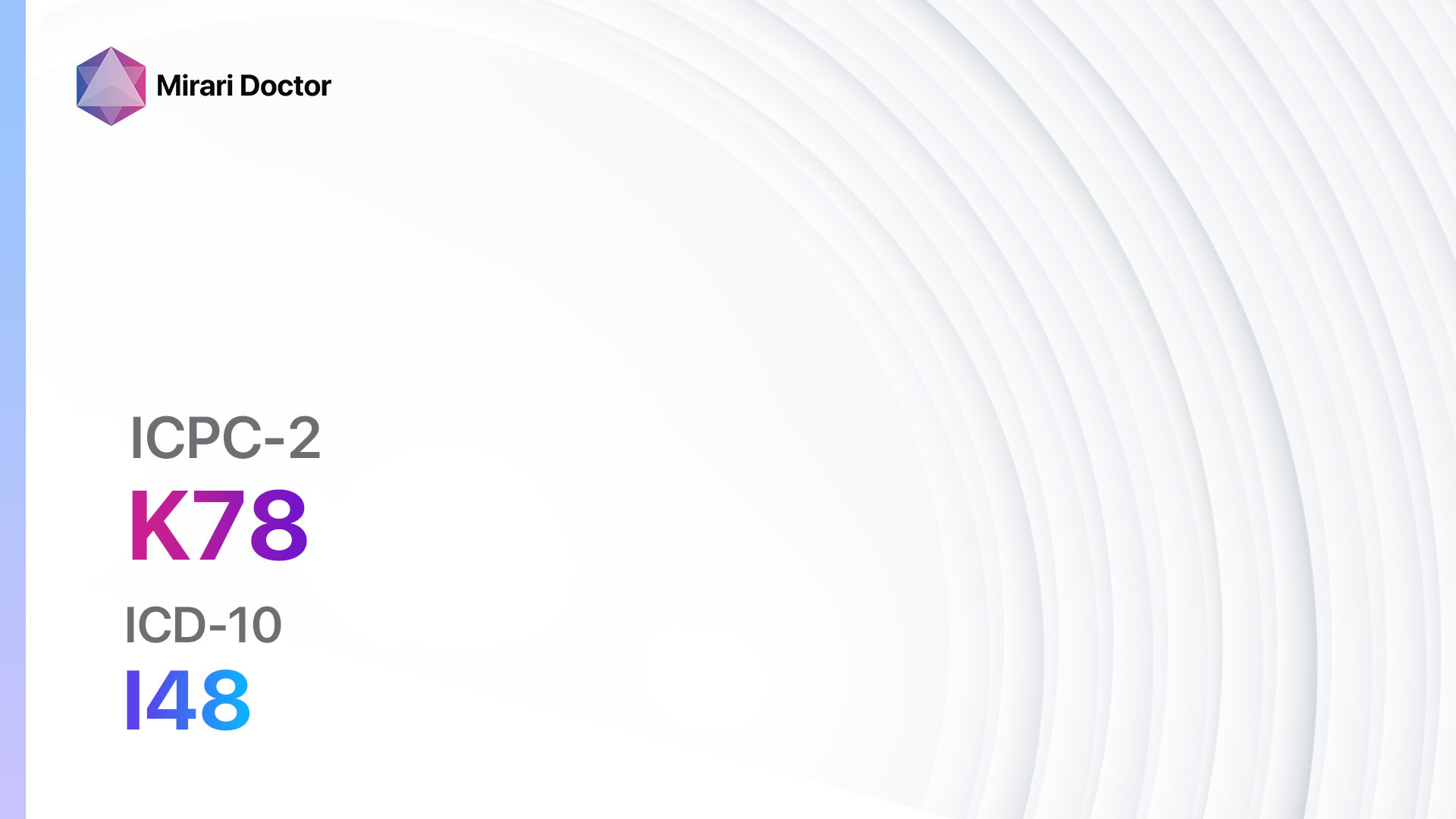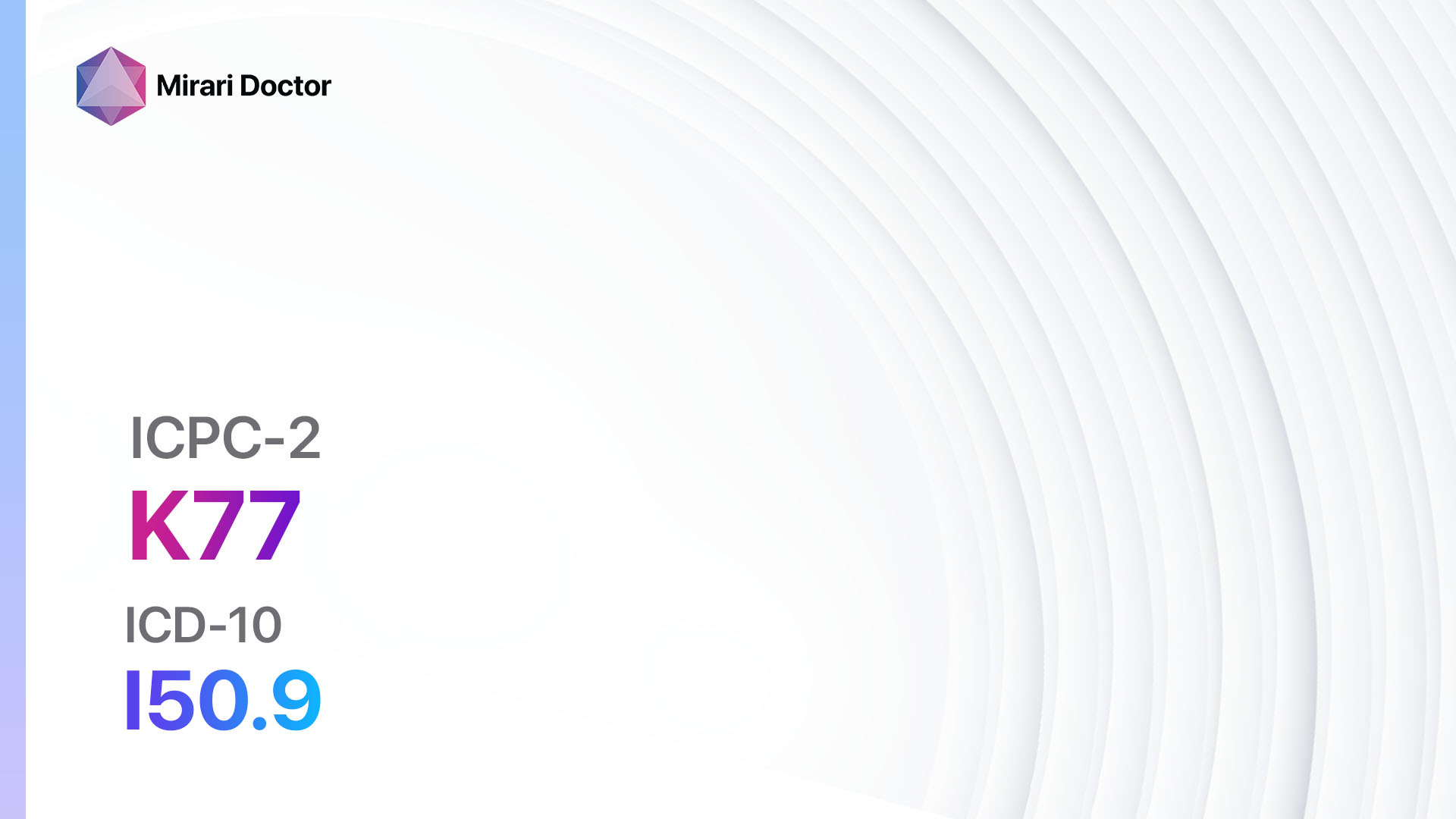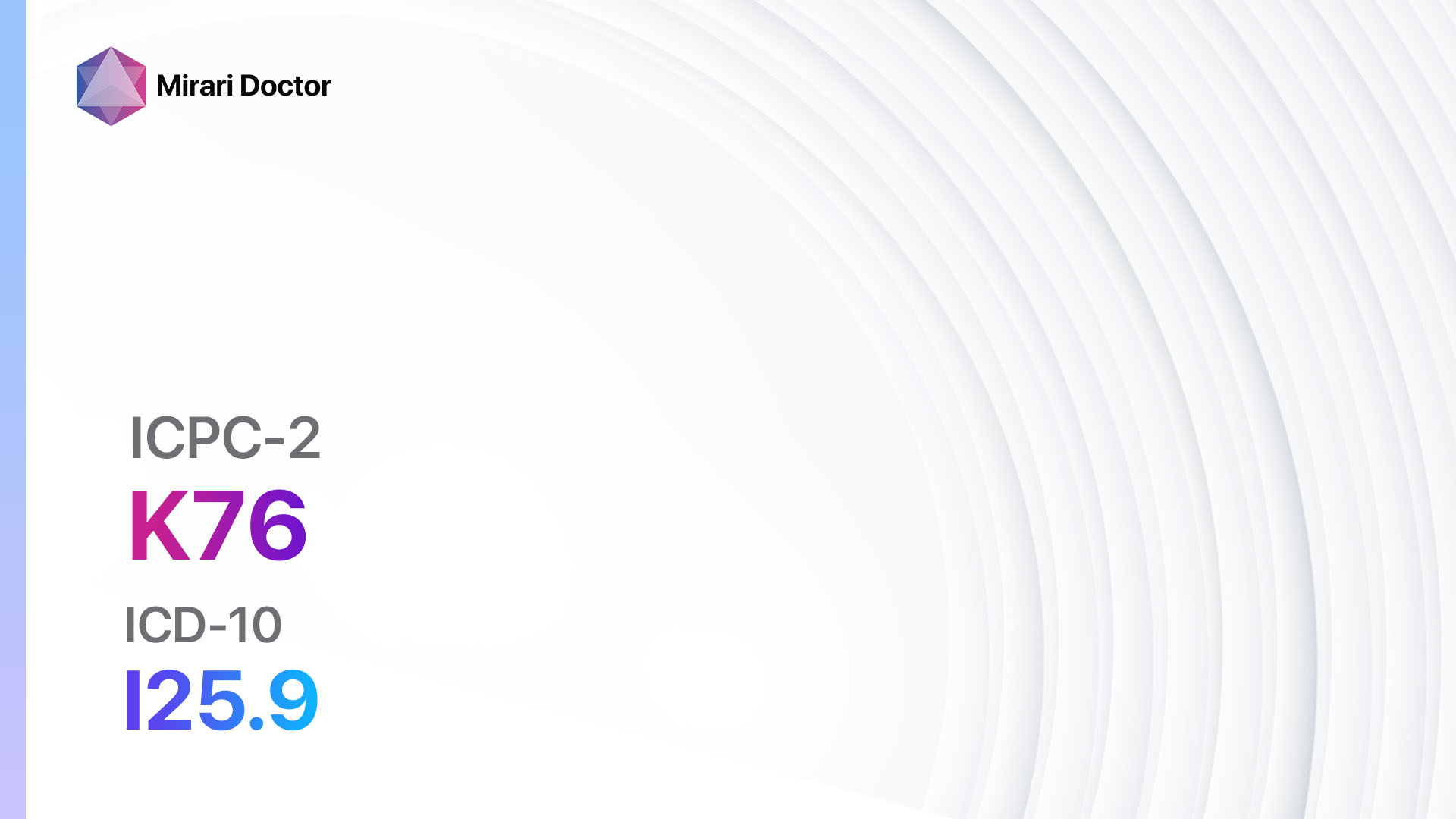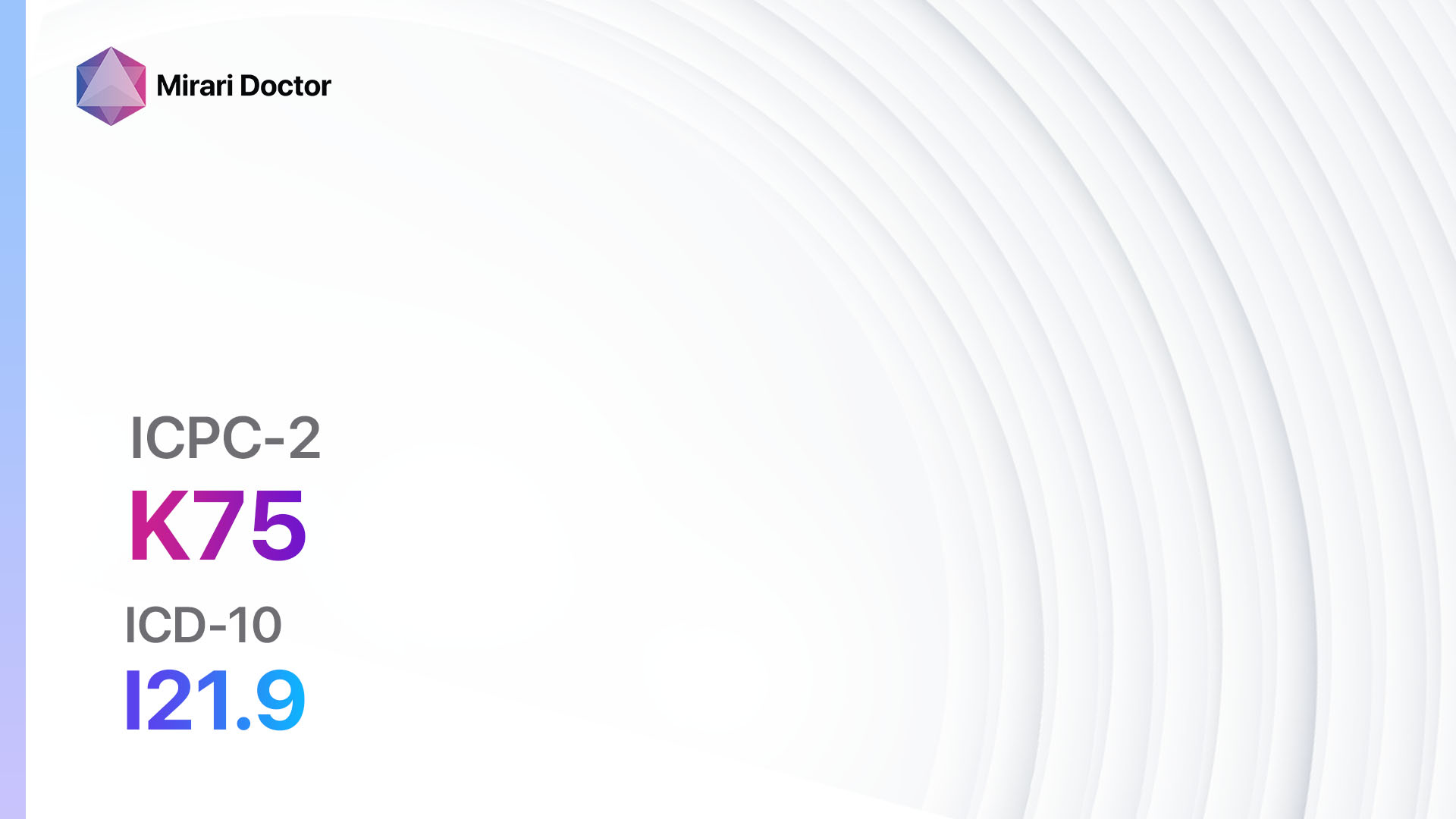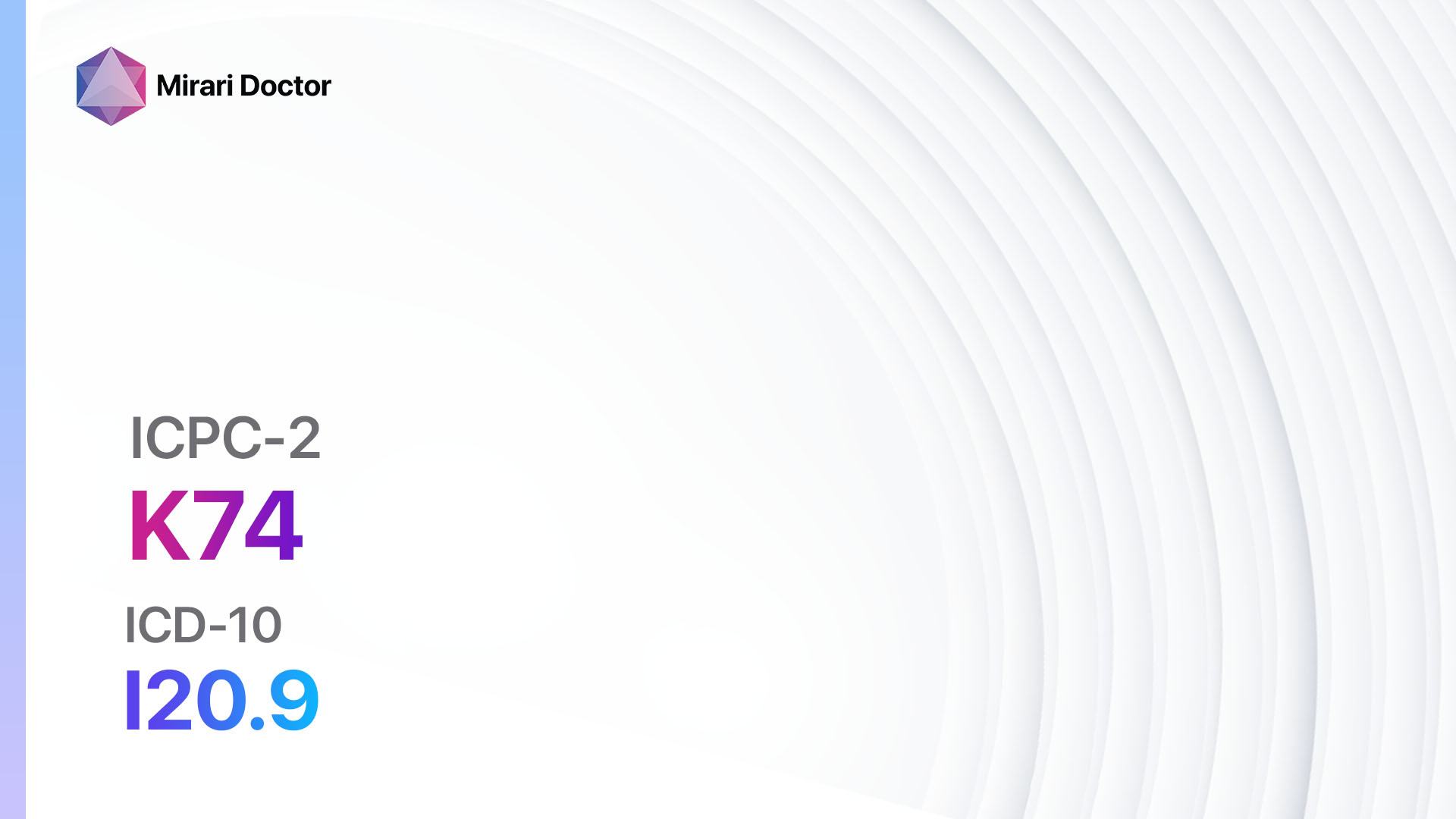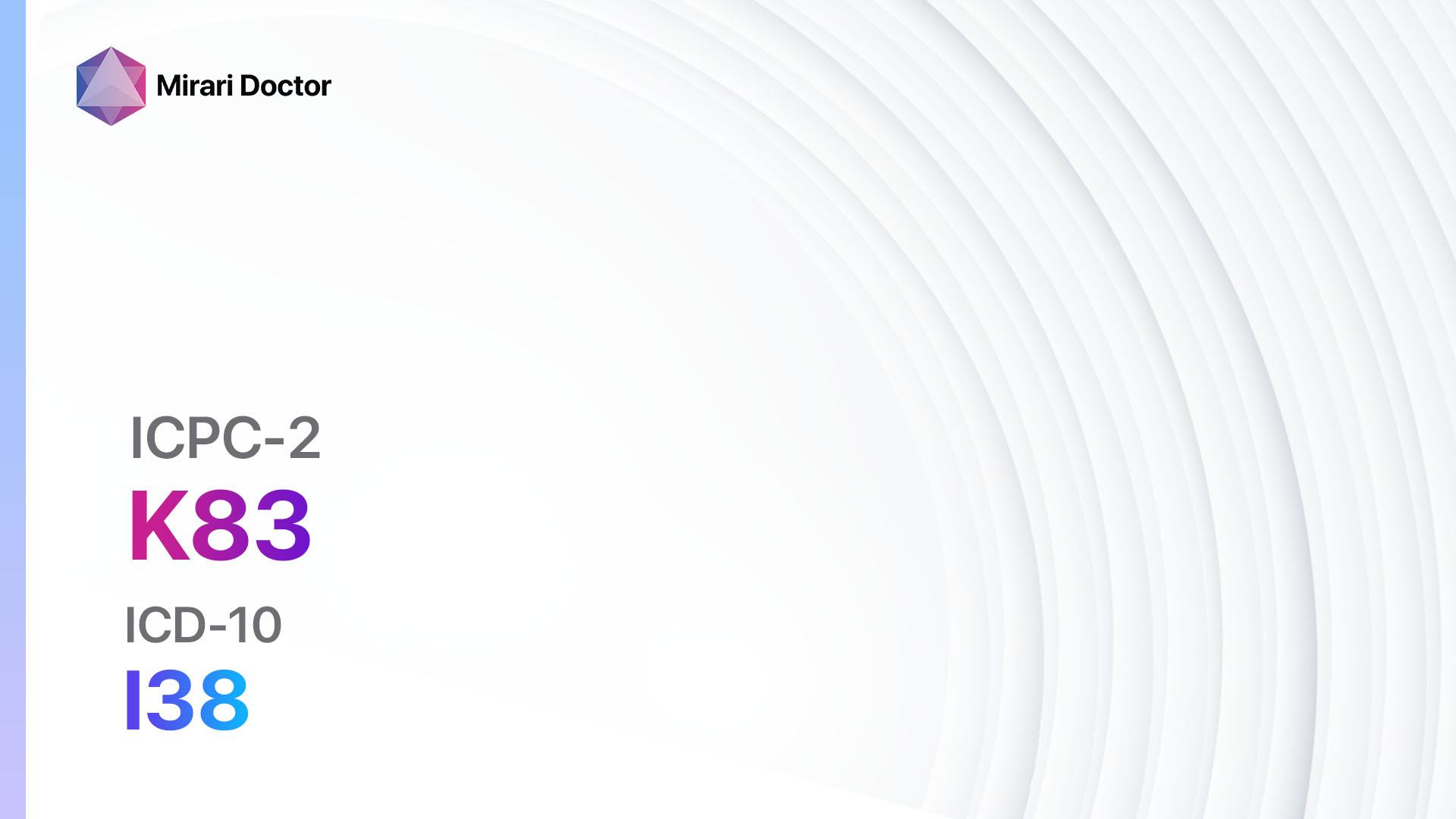
Introduction
Heart valve disease is a condition characterized by abnormalities in the valves of the heart, which can affect the flow of blood. It is a significant condition that can lead to various complications, including heart failure and arrhythmias[1]. The aim of this guide is to provide healthcare professionals with a comprehensive overview of heart valve disease, including its symptoms, causes, diagnostic steps, possible interventions, and patient education.
Codes
Symptoms
- Fatigue: Patients may experience excessive tiredness and lack of energy[2].
- Shortness of breath: Difficulty breathing, especially during physical activity or when lying flat[3].
- Chest pain or discomfort: Patients may experience chest pain or discomfort, often described as a pressure or squeezing sensation[4].
- Palpitations: Sensation of irregular or rapid heartbeat[5]. Swelling: Edema or fluid retention, often in the legs, ankles, or abdomen[6].
Causes
- Congenital heart defects: Some individuals are born with abnormal heart valves[7].
- Age-related degeneration: The valves may become thickened or calcified with age[8].
- Rheumatic fever: A complication of untreated strep throat that can damage the heart valves[9].
- Infective endocarditis: An infection of the inner lining of the heart, which can affect the valves[10].
- Other medical conditions: Certain conditions, such as connective tissue disorders or radiation therapy, can increase the risk of heart valve disease.
Diagnostic Steps
Medical History
- Gather information about the patient’s symptoms, including the duration and severity.
- Assess the patient’s risk factors, such as age, family history, and presence of other medical conditions.
- Inquire about any previous heart conditions or surgeries.
- Ask about any recent infections or history of rheumatic fever.
Physical Examination
- Listen to the patient’s heart using a stethoscope to detect any abnormal heart sounds, such as murmurs or clicks.
- Check for signs of fluid retention, such as swollen ankles or an enlarged liver.
- Assess the patient’s general appearance and overall health.
Laboratory Tests
- Complete blood count (CBC): To assess for signs of infection or anemia.
- Blood chemistry panel: To evaluate kidney and liver function, as well as electrolyte levels.
- Erythrocyte sedimentation rate (ESR) or C-reactive protein (CRP): To assess for inflammation.
- Coagulation studies: To evaluate the blood’s ability to clot.
- Rheumatoid factor: To check for the presence of antibodies associated with rheumatic fever.
Diagnostic Imaging
- Chest X-ray: To assess the size and shape of the heart, as well as the condition of the lungs.
- Echocardiogram: A non-invasive test that uses sound waves to create images of the heart and its valves.
- Electrocardiogram (ECG): To record the electrical activity of the heart and detect any abnormalities.
- Cardiac MRI or CT scan: These imaging modalities provide detailed images of the heart and its structures.
Other Tests
- Stress test: To evaluate the heart’s function during physical activity.
- Transesophageal echocardiogram (TEE): A specialized echocardiogram that provides detailed images of the heart valves.
- Cardiac catheterization: A procedure in which a thin tube is inserted into a blood vessel to measure pressures and assess the blood flow in the heart.
Follow-up and Patient Education
- Schedule regular follow-up appointments to monitor the progression of the disease and assess the effectiveness of interventions.
- Provide education on lifestyle modifications, such as maintaining a healthy diet, exercising regularly, and avoiding tobacco and excessive alcohol consumption.
- Discuss the importance of taking medications as prescribed and attending all recommended medical appointments.
- Address any concerns or questions the patient may have regarding their condition.
Possible Interventions
Traditional Interventions
Medications:
Top 5 drugs for Heart valve disease NOS:
- Diuretics (e.g., Furosemide, Spironolactone):
- Cost: Generic versions can be $3-$50/month.
- Contraindications: Allergy to sulfa drugs, anuria.
- Side effects: Frequent urination, electrolyte imbalances.
- Severe side effects: Dehydration, kidney damage.
- Drug interactions: NSAIDs, ACE inhibitors.
- Warning: Monitor electrolyte levels and kidney function regularly.
- Beta-blockers (e.g., Metoprolol, Carvedilol):
- Cost: Generic versions are typically <$30/month.
- Contraindications: Severe bradycardia, heart block.
- Side effects: Fatigue, dizziness, bradycardia.
- Severe side effects: Bronchospasm, heart failure.
- Drug interactions: Calcium channel blockers, insulin.
- Warning: Should not be abruptly stopped.
- Anticoagulants (e.g., Warfarin, Apixaban):
- Cost: Generic versions can be $10-$50/month.
- Contraindications: Active bleeding, pregnancy.
- Side effects: Increased risk of bleeding.
- Severe side effects: Major bleeding, allergic reactions.
- Drug interactions: NSAIDs, other blood thinners.
- Warning: Regular monitoring of INR (International Normalized Ratio) required.
- Angiotensin-converting enzyme (ACE) inhibitors (e.g., Lisinopril, Enalapril):
- Cost: Generics can be $10-$50/month.
- Contraindications: History of angioedema with ACE inhibitors, bilateral renal artery stenosis.
- Side effects: Cough, elevated blood potassium levels.
- Severe side effects: Angioedema, kidney failure.
- Drug interactions: Potassium supplements, NSAIDs.
- Warning: Monitoring of renal function and potassium levels is required.
- Calcium channel blockers (e.g., Amlodipine, Diltiazem):
- Cost: Generic versions can be $10-$50/month.
- Contraindications: Severe hypotension, heart failure.
- Side effects: Headache, dizziness, peripheral edema.
- Severe side effects: Heart block, worsening heart failure.
- Drug interactions: Beta-blockers, grapefruit juice.
- Warning: Regular blood pressure monitoring is required.
Alternative Drugs:
- Digitalis glycosides (e.g., Digoxin): Used to improve heart function and control heart rate.
- Vasodilators (e.g., Hydralazine, Isosorbide dinitrate): Help relax blood vessels and reduce the workload on the heart.
- Antibiotics (e.g., Penicillin): Used to prevent infective endocarditis in high-risk patients.
- Statins (e.g., Atorvastatin, Rosuvastatin): May be prescribed to manage high cholesterol levels.
Surgical Procedures:
- Valve repair: Involves repairing the damaged valve to improve its function.
- Valve replacement: In cases where repair is not possible, the damaged valve is replaced with a mechanical or biological valve.
- Balloon valvuloplasty: A catheter with a balloon is used to widen a narrowed valve.
- Transcatheter aortic valve replacement (TAVR): A minimally invasive procedure to replace the aortic valve in high-risk patients.
Alternative Interventions
- Acupuncture: May help alleviate symptoms and improve overall well-being. Cost: $60-$120 per session.
- Yoga and meditation: Can help reduce stress and promote relaxation. Cost: Varies depending on the class or instructor.
- Herbal supplements: Some herbs, such as hawthorn and garlic, may have potential benefits for heart health. Cost: Varies depending on the specific supplement.
- Coenzyme Q10: A natural antioxidant that may support heart health. Cost: $10-$30 per month.
- Omega-3 fatty acids: Found in fish oil supplements, these may have anti-inflammatory effects and support heart health. Cost: $10-$30 per month.
Lifestyle Interventions
- Maintain a healthy diet: Emphasize fruits, vegetables, whole grains, lean proteins, and low-fat dairy products. Cost: Varies depending on food choices.
- Engage in regular physical activity: Aim for at least 150 minutes of moderate-intensity exercise per week. Cost: Varies depending on the chosen activity.
- Quit smoking: Smoking cessation programs and medications can help individuals quit smoking. Cost: Varies depending on the program or medication.
- Limit alcohol consumption: Moderate alcohol intake is recommended, with a maximum of one drink per day for women and two drinks per day for men. Cost: Varies depending on alcohol preferences.
- Manage stress: Engage in stress-reducing activities, such as yoga, meditation, or hobbies. Cost: Varies depending on the chosen activity.
It is important to note that the cost ranges provided are approximate and may vary depending on the location and availability of the interventions.
Mirari Cold Plasma Alternative Intervention
Understanding Mirari Cold Plasma
- Safe and Non-Invasive Treatment: Mirari Cold Plasma is a safe and non-invasive treatment option for various skin conditions. It does not require incisions, minimizing the risk of scarring, bleeding, or tissue damage.
- Efficient Extraction of Foreign Bodies: Mirari Cold Plasma facilitates the removal of foreign bodies from the skin by degrading and dissociating organic matter, allowing easier access and extraction.
- Pain Reduction and Comfort: Mirari Cold Plasma has a local analgesic effect, providing pain relief during the treatment, making it more comfortable for the patient.
- Reduced Risk of Infection: Mirari Cold Plasma has antimicrobial properties, effectively killing bacteria and reducing the risk of infection.
- Accelerated Healing and Minimal Scarring: Mirari Cold Plasma stimulates wound healing and tissue regeneration, reducing healing time and minimizing the formation of scars.
Mirari Cold Plasma Prescription
Video instructions for using Mirari Cold Plasma Device – K83 Heart valve disease NOS (ICD-10:I38)
| Mild | Moderate | Severe |
| Mode setting: 1 (Infection) Location: 5 (Lungs) Morning: 15 minutes, Evening: 15 minutes | Mode setting: 1 (Infection) Location: 5 (Lungs) Morning: 30 minutes, Lunch: 30 minutes, Evening: 30 minutes | Mode setting: 1 (Infection) Location: 5 (Lungs) Morning: 30 minutes, Lunch: 30 minutes, Evening: 30 minutes |
| Mode setting: 2 (Wound Healing) Location: 5 (Lungs) Morning: 15 minutes, Evening: 15 minutes | Mode setting: 2 (Wound Healing) Location: 5 (Lungs) Morning: 30 minutes, Lunch: 30 minutes, Evening: 30 minutes | Mode setting: 2 (Wound Healing) Location: 5 (Lungs) Morning: 30 minutes, Lunch: 30 minutes, Evening: 30 minutes |
| Mode setting: 7 (Immunotherapy) Location: 1 (Sacrum) Morning: 15 minutes, Evening: 15 minutes | Mode setting: 7 (Immunotherapy) Location: 1 (Sacrum) Morning: 30 minutes, Lunch: 30 minutes, Evening: 30 minutes | Mode setting: 7 (Immunotherapy) Location: 1 (Sacrum) Morning: 30 minutes, Lunch: 30 minutes, Evening: 30 minutes |
| Mode setting:7 (Immunotherapy) Location:4 (Heart, Bile & Pancreas) Morning: 15 minutes, Evening: 15 minutes | Mode setting:7 (Immunotherapy) Location:4 (Heart, Bile & Pancreas) Morning: 30 minutes, Lunch: 30 minutes, Evening: 30 minutes | Mode setting:7 (Immunotherapy) Location:4 (Heart, Bile & Pancreas) Morning: 30 minutes, Lunch: 30 minutes, Evening: 30 minutes |
| Total Morning:60minutesapprox.$10USD, Evening:60minutesapprox.$10USD | Total Morning:120minutesapprox.$20USD, Lunch:120minutesapprox. $20 USD, Evening:120minutesapprox. $20 USD, | Total Morning:120minutesapprox.$20USD, Lunch:120minutesapprox. $20 USD, Evening:120minutesapprox. $20 USD, |
| Usualtreatmentfor7-60daysapprox.$140USD–$1200USD | Usualtreatmentfor6-8weeksapprox.$2,520USD–$3,360USD | Usualtreatmentfor3-6monthsapprox.$5,400USD–$10,800USD |
 |
|
Use the Mirari Cold Plasma device to treat Heart valve disease NOS effectively.
WARNING: MIRARI COLD PLASMA IS DESIGNED FOR THE HUMAN BODY WITHOUT ANY ARTIFICIAL OR THIRD PARTY PRODUCTS. USE OF OTHER PRODUCTS IN COMBINATION WITH MIRARI COLD PLASMA MAY CAUSE UNPREDICTABLE EFFECTS, HARM OR INJURY. PLEASE CONSULT A MEDICAL PROFESSIONAL BEFORE COMBINING ANY OTHER PRODUCTS WITH USE OF MIRARI.
Step 1: Cleanse the Skin
- Start by cleaning the affected area of the skin with a gentle cleanser or mild soap and water. Gently pat the area dry with a clean towel.
Step 2: Prepare the Mirari Cold Plasma device
- Ensure that the Mirari Cold Plasma device is fully charged or has fresh batteries as per the manufacturer’s instructions. Make sure the device is clean and in good working condition.
- Switch on the Mirari device using the power button or by following the specific instructions provided with the device.
- Some Mirari devices may have adjustable settings for intensity or treatment duration. Follow the manufacturer’s instructions to select the appropriate settings based on your needs and the recommended guidelines.
Step 3: Apply the Device
- Place the Mirari device in direct contact with the affected area of the skin. Gently glide or hold the device over the skin surface, ensuring even coverage of the area experiencing.
- Slowly move the Mirari device in a circular motion or follow a specific pattern as indicated in the user manual. This helps ensure thorough treatment coverage.
Step 4: Monitor and Assess:
- Keep track of your progress and evaluate the effectiveness of the Mirari device in managing your Heart valve disease NOS. If you have any concerns or notice any adverse reactions, consult with your health care professional.
Note
This guide is for informational purposes only and should not replace the advice of a medical professional. Always consult with your healthcare provider or a qualified medical professional for personal advice, diagnosis, or treatment. Do not solely rely on the information presented here for decisions about your health. Use of this information is at your own risk. The authors of this guide, nor any associated entities or platforms, are not responsible for any potential adverse effects or outcomes based on the content.
Mirari Cold Plasma System Disclaimer
- Purpose: The Mirari Cold Plasma System is a Class 2 medical device designed for use by trained healthcare professionals. It is registered for use in Thailand and Vietnam. It is not intended for use outside of these locations.
- Informational Use: The content and information provided with the device are for educational and informational purposes only. They are not a substitute for professional medical advice or care.
- Variable Outcomes: While the device is approved for specific uses, individual outcomes can differ. We do not assert or guarantee specific medical outcomes.
- Consultation: Prior to utilizing the device or making decisions based on its content, it is essential to consult with a Certified Mirari Tele-Therapist and your medical healthcare provider regarding specific protocols.
- Liability: By using this device, users are acknowledging and accepting all potential risks. Neither the manufacturer nor the distributor will be held accountable for any adverse reactions, injuries, or damages stemming from its use.
- Geographical Availability: This device has received approval for designated purposes by the Thai and Vietnam FDA. As of now, outside of Thailand and Vietnam, the Mirari Cold Plasma System is not available for purchase or use.
References
- Nishimura RA, Otto CM, Bonow RO, et al. 2014 AHA/ACC guideline for the management of patients with valvular heart disease: a report of the American College of Cardiology/American Heart Association Task Force on Practice Guidelines. J Am Coll Cardiol. 2014;63(22):e57-e185. doi:10.1016/j.jacc.2014.02.536
- Maganti K, Rigolin VH, Sarano ME, Bonow RO. Valvular heart disease: diagnosis and management. Mayo Clin Proc. 2010;85(5):483-500. doi:10.4065/mcp.2009.0706
- Baumgartner H, Falk V, Bax JJ, et al. 2017 ESC/EACTS Guidelines for the management of valvular heart disease. Eur Heart J. 2017;38(36):2739-2791. doi:10.1093/eurheartj/ehx391
- Carabello BA. Introduction to aortic stenosis. Circ Res. 2013;113(2):179-185. doi:10.1161/CIRCRESAHA.113.300156
- Borer JS, Bonow RO. Contemporary approach to aortic and mitral regurgitation. Circulation. 2003;108(20):2432-2438. doi:10.1161/01.CIR.0000096400.00562.A3
- Vahanian A, Alfieri O, Andreotti F, et al. Guidelines on the management of valvular heart disease (version 2012). Eur Heart J. 2012;33(19):2451-2496. doi:10.1093/eurheartj/ehs109
- Siu SC, Silversides CK. Bicuspid aortic valve disease. J Am Coll Cardiol. 2010;55(25):2789-2800. doi:10.1016/j.jacc.2009.12.068
- Lindman BR, Clavel MA, Mathieu P, et al. Calcific aortic stenosis. Nat Rev Dis Primers. 2016;2:16006. Published 2016 Mar 3. doi:10.1038/nrdp.2016.6
- Marijon E, Mirabel M, Celermajer DS, Jouven X. Rheumatic heart disease. Lancet. 2012;379(9819):953-964. doi:10.1016/S0140-6736(11)61171-9
- Hoen B, Duval X. Infective endocarditis. N Engl J Med. 2013;368(15):1425-1433. doi:10.1056/NEJMcp1206782
Related articles
Made in USA


